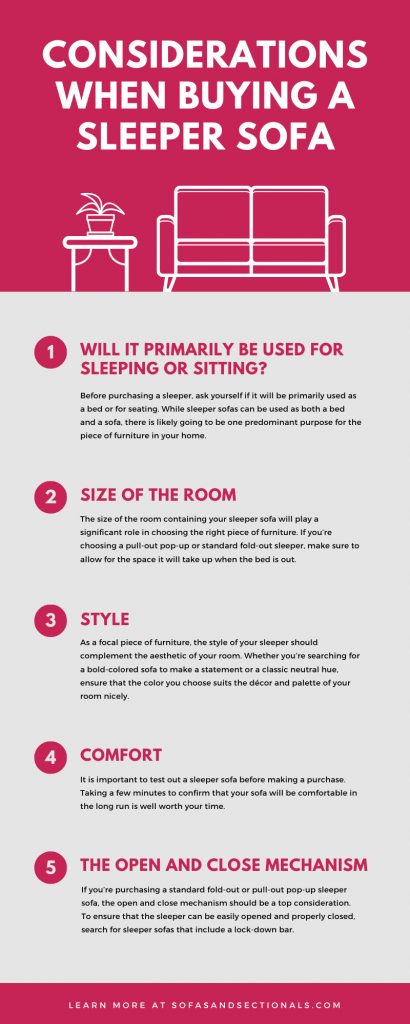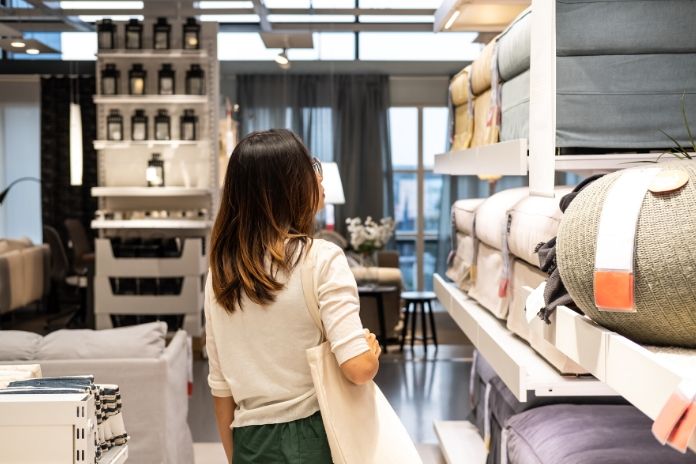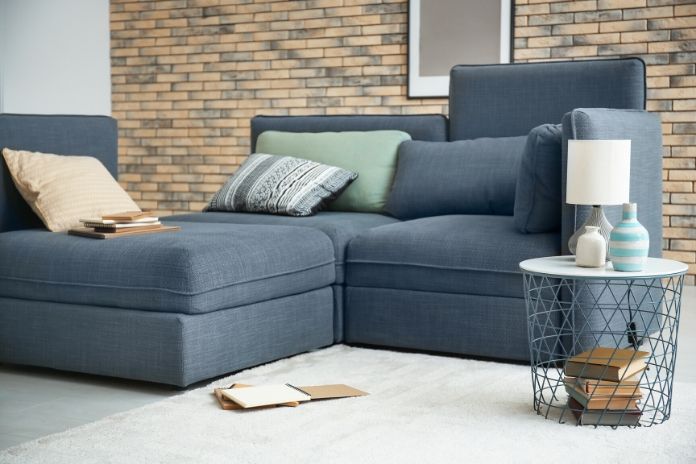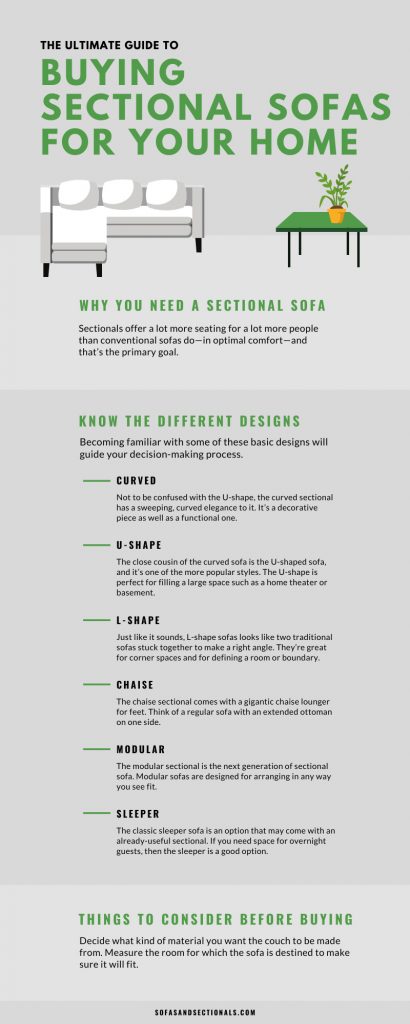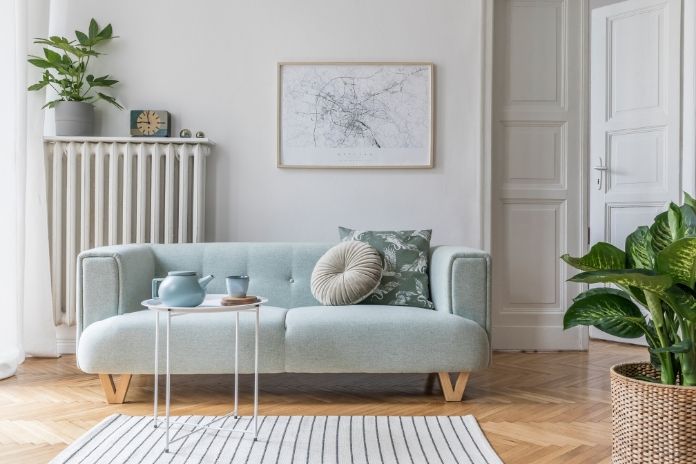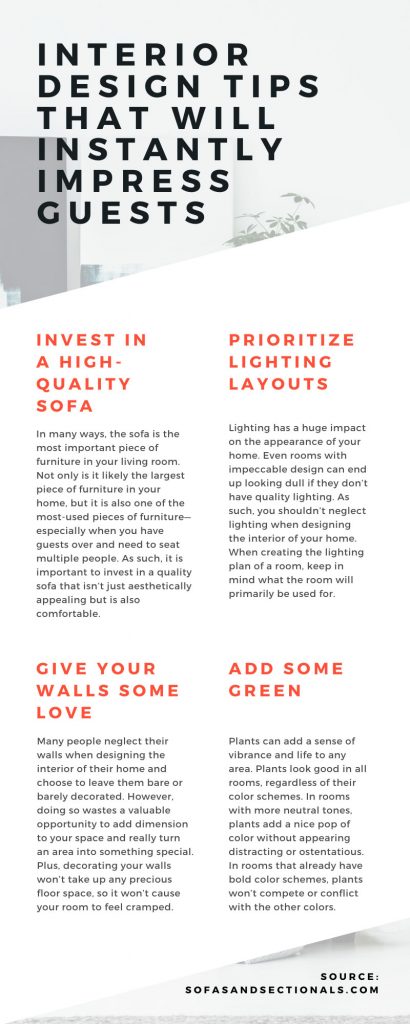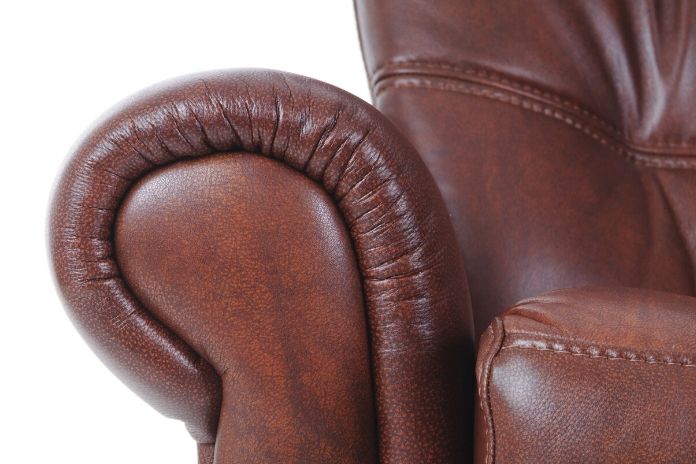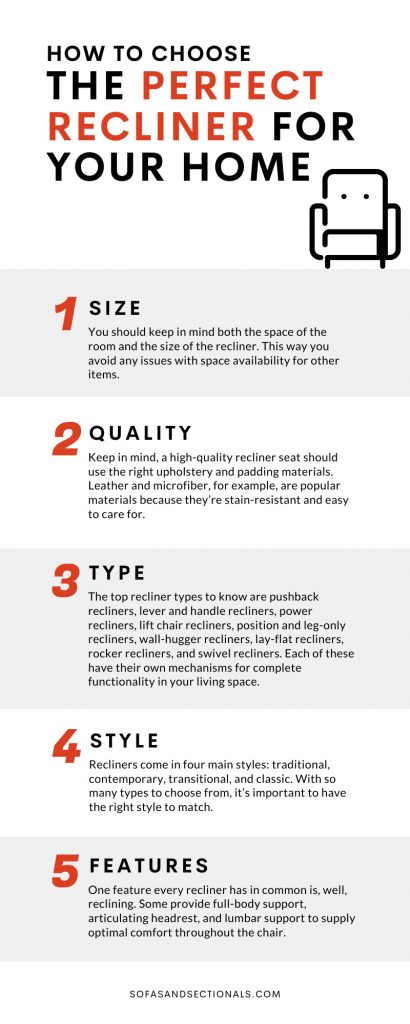Sleeper sofas are incredibly versatile pieces of furniture that add an extra element of functionality to any room. Also known as sofa beds or simply sleepers, sleeper sofas are sofas that can double as beds. As such, they can turn any room into a guest room and provide an effective way to optimize the space in your home. To choose the perfect sleeper sofa that gives you the best of both worlds, mull over some of these important considerations when buying a sleeper sofa. Will it primarily be used for sleeping or sitting?
Before purchasing a sleeper, ask yourself if it will be primarily used as a bed or for seating. While sleeper sofas can be used as both a bed and a sofa, there is likely going to be one predominant purpose for the piece of furniture in your home. For example, some people purchase sleeper sofas to be used occasionally as a guest bed while others use sleeper sofas as their bed every night. Determining the sleeper sofa’s primary function in your home will help you choose the most comfortable option for your intended purpose.
Sleeping
If sleeping is your top priority, the type and comfort of the mattress is of utmost importance. There are many different types of mattresses that accompany sleeper sofas. For example, a sleeper could be equipped with an air mattress, spring mattress, or specialty mattress. Which mattress you choose will largely depend on your personal preference; however, specialty mattresses are generally preferred among those who plan to use their sleeper as their primary bed.
Sitting
If your sleeper sofa is going to be primarily used for seating, you may want to avoid purchasing a futon or daybed, as their frame lacks the cushioning and comfort of a standard sofa. Instead, consider purchasing a standard fold-out or pull-out pop-up, as both offer good support when used as seating.
Size of the room
One of the most important considerations to make when choosing a sleeper sofa for your home is its size. The size of the room containing your sleeper sofa will play a significant role in choosing the right piece of furniture. You should take the measurements of your room before shopping for your sleeper and determine the maximum dimensions of a piece that could comfortably fit in your space. If you’re choosing a pull-out pop-up or standard fold-out sleeper, make sure to allow for the space it will take up when the bed is out. You don’t want to be inconvenienced by having to rearrange the furniture in your room every time you want to use it for sleeping.
Aside from simply being able to physically fit in your space, you should consider a sleeper that won’t make your room appear crowded or make it difficult for people to navigate around. Ideally, there should be at least two feet between your sleeper and all other furniture to allow for an easy pathway. If you don’t have a lot of space in your room, twin-size sofa beds are a great option, as they are typically around 54 inches wide and 85 inches long when open.
Style
Factor in style when choosing any type of furniture for your home. As a focal piece of furniture, the style of your sleeper should complement the aesthetic of your room. Whether you’re searching for a bold-colored sofa to make a statement or a classic neutral hue, ensure that the color you choose suits the décor and palette of your room nicely.
Comfort
Because everyone’s definition of comfort is different—some prefer a firm sofa while others like super-soft and plush sleepers—it is important to test out a sleeper sofa before making a purchase. When doing so, don’t be afraid to take your time. Rather than simply sitting down for a couple of seconds and getting right back up, consider trying out multiple different seating positions. Taking a few minutes to confirm that your sofa will be comfortable in the long run is well worth your time.
Firmness
If you prefer a firmer sofa, consider searching for one with foam cushions that provide structured support. Those who appreciate a softer sofa may prefer cushions made from feathers instead. If you like a mix of both, you can even purchase a sleeper that offers cushions filled with a combination of feathers and foam.
Size
In addition to the softness or firmness of your sofa, you should also take size into consideration when purchasing your sleeper. If your sleeper is too small, you may find it uncomfortable to sleep on regularly. A twin sleeper can generally comfortably hold a single person who weighs up to 250 pounds, while a full-size sleeper can hold double that amount. Queen and king-size sleepers can hold over 600 pounds and are ideal if more than one person will use the sleeper.
Frame
The material that the frame of your sleeper is made from can also greatly affect its comfort. Those who choose metal frames may regret their decision, as the unforgiving frame may end up digging into them while sleeping. Solid hardwood frames may be more expensive, but they are often the ideal option in terms of comfort.
The open and close mechanism
If you’re purchasing a standard fold-out or pull-out pop-up sleeper sofa, the open and close mechanism should be a top consideration. Ideally, the mechanism in a sleeper sofa should be able to lift up and out in a smooth motion without sticking or making squeaking noises. To ensure that the sleeper can be easily opened and properly closed, search for sleeper sofas that include a lock-down bar. Additionally, you should also check to make sure that the mechanisms of the sleeper are smooth. If the sleeper has any sharp or jagged edges, blankets or sheets could get caught on them and end up tearing.
If you’re searching for a quality sleeper sofa, look no further than the incredible selection offered at Sofas & Sectionals. In addition to sleeper sofas, we offer an array of other home furnishings, including genuine leather sectional sofas, stylish recliners, and more to complete your home. Committed to providing you with the best possible customer experience, we offer easy returns, unlimited free shipping on orders of $1,000 or more, and excellent customer service. To find the perfect sleeper for your home, shop Sofas & Sectionals today.
